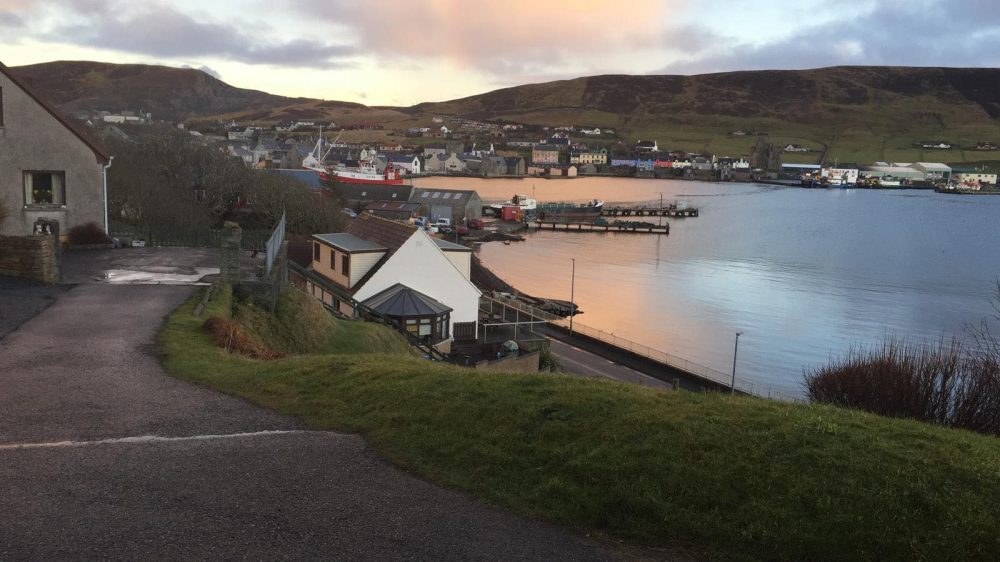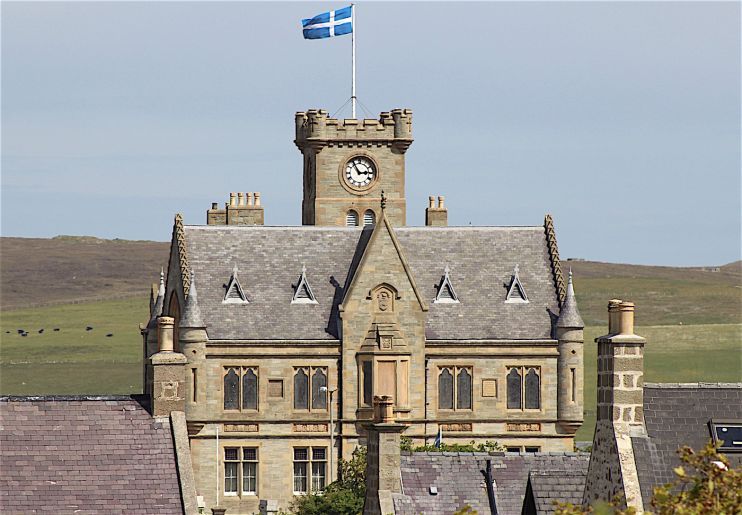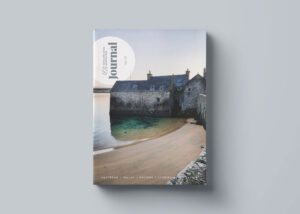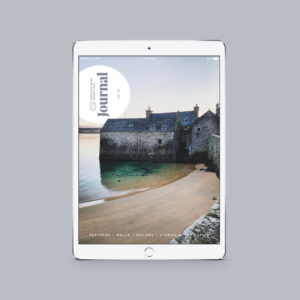
Known locally as ‘Da Street’, Commercial Street in the beautiful capital of Lerwick is a Town Centre and commercial hub like no other. It has such a wide-array of shops, businesses, cafes, bars and restaurants that there is always something for someone – whether you are a local or a visitor. As a modern shopping hub it brings so much value to holidaymakers and visitors, but historically, there is a lot to unpack.
When visiting Shetland, you will hear so much about some of the incredible history and rich heritage that can be found throughout the jigsaw puzzle of islands but the capital, Lerwick, and its own history sometimes goes unnoticed – particularly the shorefront that has been a focal point for hundreds of years.
Prior to that, Scalloway was the seat of power. This was for a number of reasons, but the primary reason would come down to its geography. It sits within a valley and this provided protection to its inhabitants from Shetland’s sometimes volatile winds and weather. It would also be an excellent fishing port that would have easy access to fish and again the isles nearby, such as Burra and South Havra, would also provide some protection when at sea.

However, protection from the elements was also what made Lerwick a huge draw and allowed it to grow into a town that would takeover the duty of Shetland’s capital in the 1700’s. Many fishermen and merchants of the sea would see it as the safest of passages through the Bressay Sound and they would dock up during herring season which meant that the town by the seafront would be quite busy as early as the 1600s. However, with a busier town comes more opportunity for mischief and with more visitors comes more opportunity to smuggle and barter illegal and illicit goods.
It is often thought that Lerwick’s success as a growing town came from its beginnings as a smuggling town. The Lodberries (which still stands today and is the famous home of Jimmy Perez…) would welcome goods and contraband would be run through tunnels under Commercial Street. This would include alcohol such as brandy and gin as well as tobacco, among other items that would either be illegal or met with large tax fees. With such items being smuggled into the town, a new law would come from Scalloway banning any trade with Lerwick due to the lawlessness that existed. This would actually lead to the the town being demolished too. The smuggling was just the tip of the iceberg as there would also be a lot of drunkenness, theft, assaults and even murder!

However, in time the town would resurge and take over as the capital of Shetland in the 1700s. The proclamation would be made at the Market Cross which is at the heart of Da Street and the home of the Tourist Office (be sure to visit if you are here and they will set you up for an excellent trip). Just a few metres up the lane at the Market Cross there is also the Lounge – an institution of a pub here in Lerwick and a few metres further and you’ll find our very own Shetland Wool Adventures offices! The Market Cross also hosts the Up Helly Aa bill every year, showing it really is the centre of all the important things in Lerwick.
In the many years to follow after the proclamation, Lerwick would continue as the main fishing port for Shetland with many fishermen, both local and from abroad, using the seafront dotted across Da Street to dock and unload their fish.
Life was not all sunshine and rainbows in Lerwick though. The historic lanes would be overcrowded with many people living in squalor and despite this being a problem that those in charge wanted to rectify in the early 1800s it would only be in the 1870’s when sanitation and sewage would be put in place (and remains in place so no need to worry if you visit – we are clean here in Lerwick!). This would come a decade before the impressive Town Hall would be built at what was the edge of Lerwick at the time. It would only be as we entered the 1900’s that the town of Lerwick would extend past Da Street.

If you start at the Market Cross and walk through town towards the edge it is like walking through history. Da Street and the homes around King Harold Street going the furthest back before you come across the Crescents near Hayfield Park before Sandveien and some aesthetically pleasing new builds dotted throughout. Lerwick truly allows you to walk through time with such contrasting styles on display with many different influences.
Da Street itself has not gone through much change over the past few decades – the buildings that have lay there have always been. It was a free for all for a while, with buildings and homes being put up anywhere there was space. As a result, the street was increasingly difficult to access and in the 1960’s the council made the decision to take down some homes to make way for Church Road.

In modern times, Commercial Street is a vibrant Town Centre where you can find anything you are looking for – a quick trip to the shop for your bread and milk, or to buy some authentic Shetland knitwear, book a sea excursion or meet a friend for a coffee or pint! So, if you are visiting us in Shetland, Lerwick is an excellent place for you to start your adventure and Da Street is where it all started many years ago.
Photos courtesy of the Shetland Past & Present Facebook group.



I am interested in a tour. Where do I find more details?
I look forward to more information.